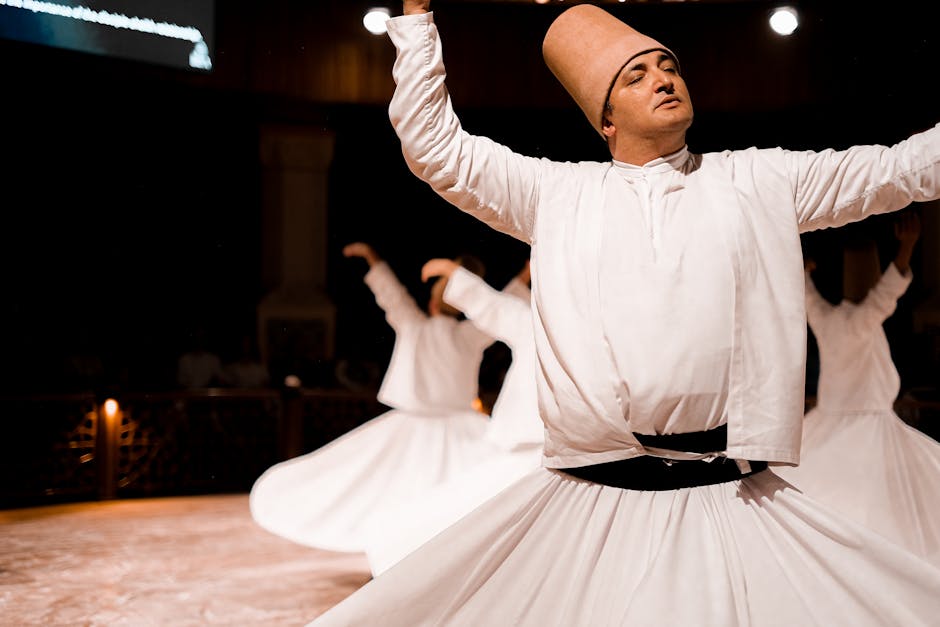
Exploring Ritualistic Art: Symbols, Significance, and Cultural Heritage
Understanding Ritualistic Art
Ritualistic art refers to artworks created as part of cultural or spiritual ceremonies. These pieces serve not only as expressions of creativity but also carry deep symbolic meanings that connect communities to their traditions and beliefs.
Historical Significance
Throughout history, ritualistic art has played a vital role in preserving cultural identities. From ancient tribal masks to ceremonial sculptures, these artworks offer insights into the spiritual lives of past civilizations.
Common Elements in Ritualistic Art
typische Elemente umfassen symbols, ritual objects, and sacred geometries that are believed to have spiritual or protective properties. These components enhance the ceremonial experience and uphold tradition.
Modern Interpretations
Today, contemporary artists sometimes incorporate ritual elements into their work, blending ancient symbolism with modern aesthetics. This evolution continues to keep ritualistic art relevant in contemporary society.
Conclusion
Understanding ritualistic art offers a window into the spiritual and cultural fabric of societies. By studying these artworks, we gain a deeper appreciation of the diverse ways humans express their connection to the divine and to each other.
